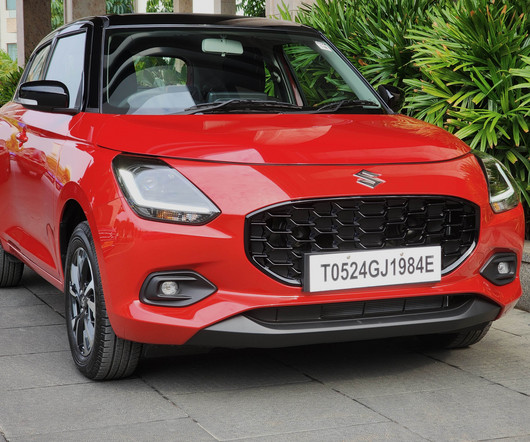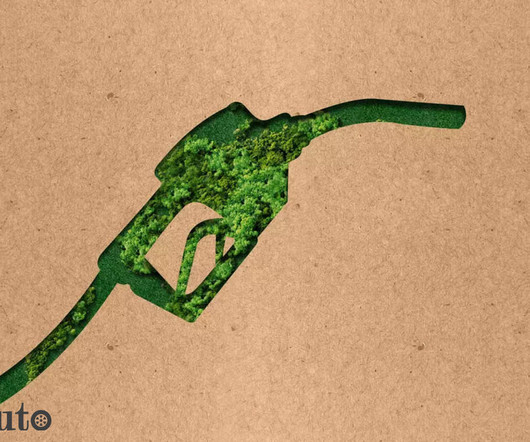Honda and GM prove hydrogen cars can work | Autocar Professional
Baua Electric
MAY 17, 2024
Just over half a century since the automotive world got properly revved up by the prospect of hydrogen fuel cell cars (FCEVs), they still haven’t happened. Fuel cells consume hydrogen and oxygen from the air, producing only electricity, water and heat as by-products with no CO2 or toxic emissions.



















Let's personalize your content